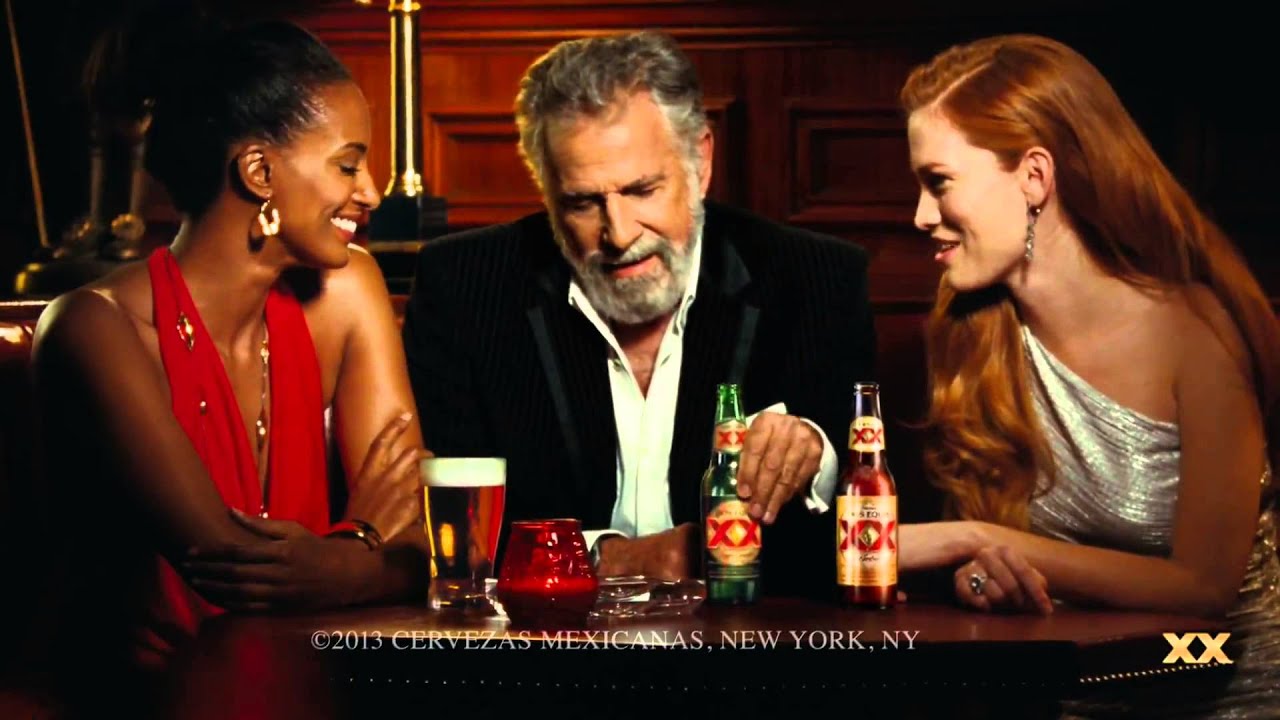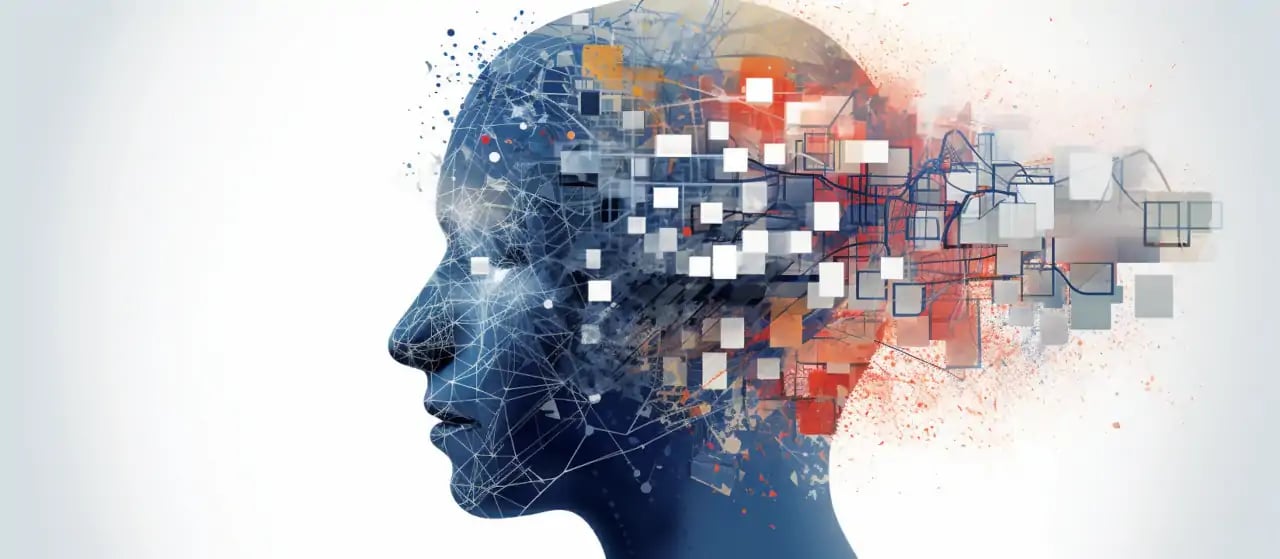Introduction
What if you could marry the nuanced art of psychology with the precision of data analytics to create Facebook ads that are not just good but great? In this article we reveal how a deeper understanding of your customer, coupled with powerful data, can optimize your ad performance and give Facebook's algorithms plenty of room to find those winning ads among various permutations.
Dos Equis: A Masterclass in Emotional Resonance
The Dos Equis "Most Interesting Man in the World" Super Bowl campaign was not just another advertisement—it was a cultural phenomenon. It introduced us to a debonair character whose tales were captivating and prompted audiences to lean in, laugh, and remember.

But what made this campaign so extraordinary wasn’t just its memorable character or clever one-liners. It was the mastery of emotional storytelling grounded by a psychological insight: many people wished they could emulate this eccentric persona. It presented a "psyche" that was not just about quenching thirst but about living an aspirational lifestyle.
That’s the magic of emotional storytelling. Instead of focusing solely on the product's attributes, the campaign delved deep into human emotions and desires. It presented a narrative that resonated with an audience's core beliefs, making the brand more than just a drink but a symbol of a certain kind of life.
When you appeal to emotions, you don't just sell a product—you create a bond.
Good vs. Great Creative Variations: Understanding the Psychology
Online advertising has seen countless 'good' campaigns that emphasize different product uses. An athletic brand might think it’s good to show the versatility of their 4-way stretch shirts, with use cases spanning a cross fit class, an after dinner drink, and quick sprint to a work meeting. Such campaigns resonate because they display product versatility. However, the line between 'good' and 'great' creatives lies in the emotional connection forged with the audience.
Imagine this same athletic brand uncovers that their best customers are those who aren’t afraid to be different and stand out. Rather than show creatives that demonstrate product use cases, instead imagine creatives that help the audience self-select as “proud to be different”.
Here are some examples:
- Pink in a sea of blue: Picture a golf course filled with players wearing traditional, muted colors like grey, blue, and brown. Then, in the midst of it all, capture one man wearing a fitted shirt and bright pink shorts, unapologetically drawing attention to himself.
- Boldly bearded: Visualize a morning commuter train filled with people in identical business attire, all with clean-shaven faces. Then there's one man who stands out with a big, bold beard, sun glasses, and a form-fitting slim fit shirt.
- The weight of a Hand Tattoo: Imagine an after work scene where friends are sharing a drink on a restaurant patio. One person is drinking ice water, and reaches for his glass to reveal hand tattoos that peak out of his long sleeve shirt.

These stories won’t resonate with everyone. But when they find the right audience, it will make someone feel the most important emotion of all: “you get me.” Such individuals aren't just buying a product—they're buying an identity. An identity that aligns with their inner self, one that stands out, and confidently so. This distinction is paramount. It's not just about showcasing that vibrant shirt but understanding the psyche of the person drawn to it. It's about addressing the question: Why would someone choose this? What does it say about them?
Drawing on these deeper emotional connections is precisely what makes the difference between good and great. It takes campaigns from the realm of mere product benefits to one of storytelling, where products aren't just items but symbols of deeper aspirations.
Tactical Advice: The Art of Brainstorming and Concept Development
To apply this thinking to your next ad campaign, here’s some immediate steps you and your team can take.
Step 1: Customer Interviews
Kickstart your brainstorming with interviews, asking customers to tell you a story about the last time they purchased a product like yours. Listen intently and let them take the story wherever they wish. The answers will go far beyond mere demographics.
Step 2: Psychological Personas
Construct psychological personas based on these interviews. What emotional territories and identities are you uncovering? Is your target customer bold, adventurous, or pragmatic? Who does your target customer look up to? Who do they shop with? What are they most afraid of, and why do they feel the way they feel?

Step 3: Creative Generation
Translate these emotional territories into a myriad of creative ideas. Challenge your team to develop visual representations of these customer personas, exploring their emotional needs.
Step 4: Confirm with Data
Your creative ideas are hypotheses that demand verification. This is where a data-driven approach to ad testing is critical. With a tool like Popsixle, imagine running a test campaign that optimizes to its own custom Purchase event that only fires when one of your most distinctive products is purchased. By targeting purchases of those three particular items, you refine your customer base and teach Facebook how to find more of these distinctive individuals. If you pair distinctive creative with distinctive data, you can be sure the ad algorithms are dynamically optimizing to lean into and support your creative strategy.
The Role of the Algorithm: Making the Data Work for You
Data isn't just a requirement; it's an asset. Facebook's algorithms thrive on accurate, well-segmented data. The algorithm works hard to optimize great creative and find the best prospects within a large target audience. To enable this, you need accurate data that's well-aligned with your strategic goals and customer personas.
In essence, you need both the art of creative and the science of data to truly unlock the potential of your Facebook ad campaigns. The algorithm is the bridge that brings these two elements together, but to get the best out of it, you need to feed it with both compelling creative and well-segmented, real-time data. By combining these effectively, you're not just rolling the dice; you're stacking the odds in your favor.

Summary
The blend of psychology and data provides a potent combination for Facebook ad campaigns. You'll not only create campaigns that resonate deeply with your audience but also give the algorithms the fuel they need to find the winners among various ad permutations.
For assistance in implementing this holistic approach, consider partnering with Sarah Levinger or Noah King of Popsixle, experts who can guide you through both the psychology and data aspects to maximize your Facebook ad performance.